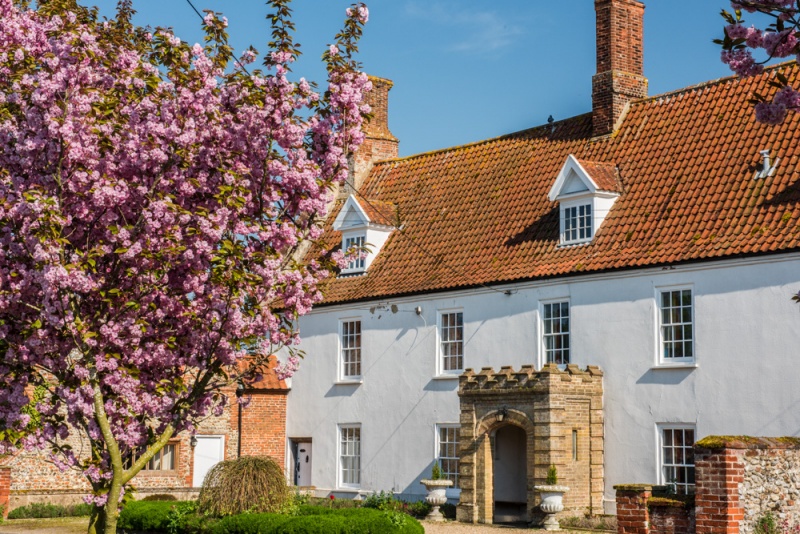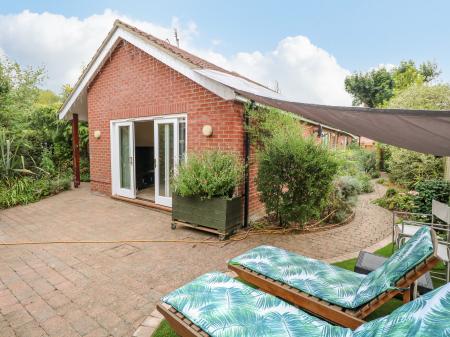
History
The village was recorded in the Domesday Book of 1086, where it was called both Benincham and Bin(n)eham. The lord of the manor was recorded as Peter de Valognes, and the parish was able to support 2 mills.
The Priory
Binham Priory was founded in the late 11th century, making it one of the very first monasteries to be established after the Norman Conquest. The priory church was begun around 1090, but it was so slow to be built that the style of architecture changed gradually from Romanesque to Gothic. The priory was besieged in 1212 and only relieved when King John sent an armed force. Henry VIII suppressed the Priory in 1539, and most of the monastic buildings were pulled down.
The westernmost 7 bays of the church were spared because they served the local population as a parish church. What was left of the church became St Mary's church and still serves the local population, though it lies outside the village itself. The monastic ruins are in the care of English Heritage and are well worth a visit, if for no other reason than to enjoy seeing cows grazing amongst the ruins!
The Market Cross
On the wide village green stands a 15th century cross atop a high plinth. The cross may date to the late medieval period but it marks the site of something much older; an annual fair which began in the 12th century. The fair was held every year from the 1100s until the 1950s. The cross may have been built by the monks of Binham Priory after Henry I granted them the right to hold a weekly market and an annual fair.
The area around the green is blessed with a large number of historic houses, most listed Grade II for their heritage value. On Warham Road is Abbey House, dating to the 15th century and standing 2 storeys under a pantile roof. Another historic building is Cockthorpe Hall, built in the 16th century with 17th and 19th-century additions.
If you fancy a pint while in Binham, stop in at the Chequers Inn on High Street. The Chequers is a traditional country pub, dating to the 17th century.






 We've 'tagged' this attraction information to help you find related historic attractions and learn more about major time periods mentioned.
We've 'tagged' this attraction information to help you find related historic attractions and learn more about major time periods mentioned.




